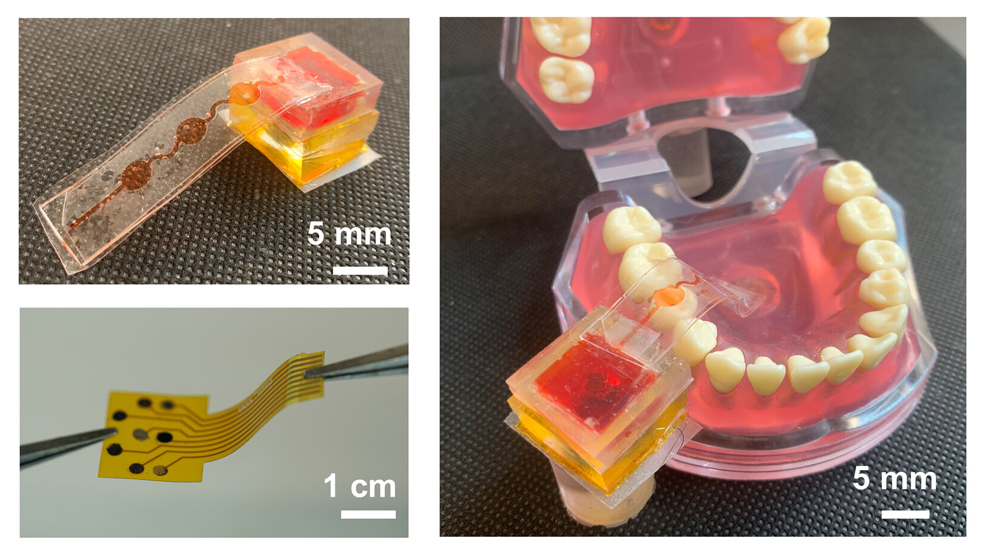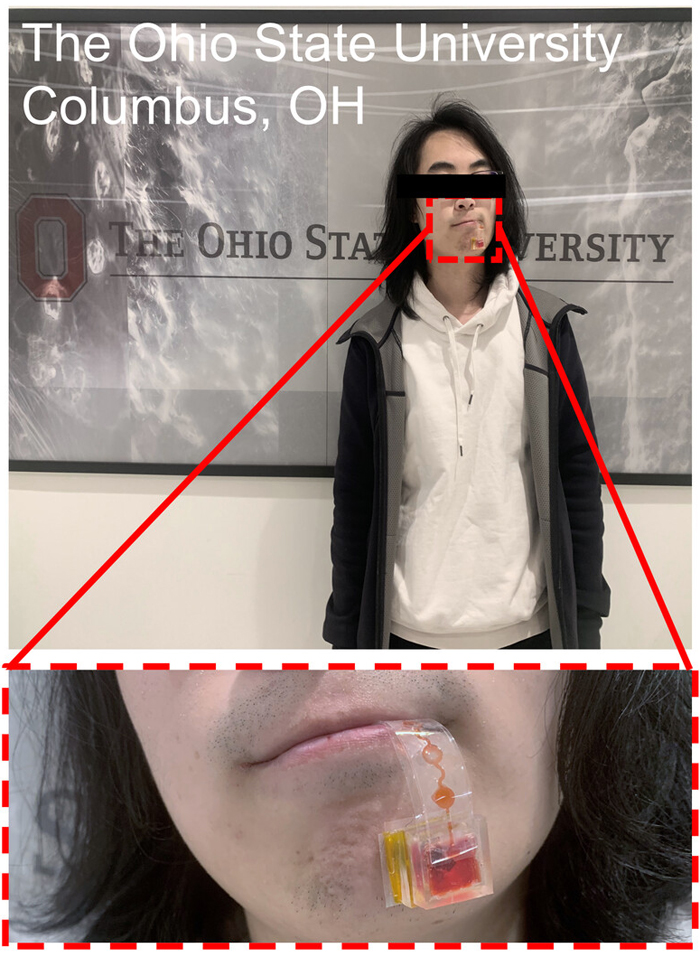
3rd March 2025 "e-Taste" could enhance VR experiences A new electronic device, developed by Ohio State University, replicates the perception of taste with 70% accuracy, which could potentially enhance virtual reality experiences.
We are a long way from the kind of full-immersion virtual reality (VR) depicted in The Matrix, but recent work at Ohio State University (OSU) suggests we might be inching forward. A new device developed by researchers, while nowhere near as advanced as a fully neural environment, represents a significant step toward making VR more immersive – by incorporating a new sensory connection: taste. The interface, known as "e-Taste", uses a combination of sensors and wireless chemical dispensers to facilitate the remote perception of taste, or what scientists call gustation. These sensors are attuned to recognise molecules like glucose and glutamate – chemicals that represent the five basic tastes of sweet, sour, salty, bitter, and umami. Once the system captures these molecules via an electrical signal, it wirelessly transmits the data to a remote device for replication. A team at OSU conducted field testing, confirming the device's ability to digitally simulate a range of taste intensities while ensuring variety and safety for the user. "The chemical dimension in the current VR and AR realm is relatively underrepresented, especially when we talk about olfaction and gustation," said Jinghua Li, co‑author of the study and an assistant professor of materials science and engineering at OSU. "It's a gap that needs to be filled, and we've developed that with this next-generation system." The device incorporates an actuator with two parts: an interface to the mouth, and a small electromagnetic pump. This pump connects to a liquid channel of chemicals that vibrates when an electric charge passes through it, pushing the solution through a special gel layer into the subject's mouth. Adjusting the length of time the solution interacts with this gel layer allows easy modification of the intensity and strength of any given taste.
"Based on the digital instruction, you can also choose to release one or several different tastes simultaneously so that they can form different sensations," explained Li. Taste is a subjective sense that can change from one moment to another. Yet this complex feeling results from two of the body's chemical sensing systems working in tandem – the gustatory and olfactory (or smell) senses – to ensure what you eat is safe and nutritious. "Taste and smell are greatly related to human emotion and memory," said Li. "So our sensor has to learn to capture, control, and store all that information." Despite the challenge of replicating similar taste sensations for most people, Li and her team found that in human trials, participants distinguished between different sour intensities in the liquids generated by the system with an impressive 70% accuracy.
Further tests assessed e-Taste's ability to immerse players in a virtual food experience while also analysing its long-range capabilities. Researchers successfully initiated remote tasting in Ohio from as far away as California. Another experiment asked subjects to identify five perceived food options: cake, coffee, fish soup, fried egg, or lemonade. While these results open up opportunities for pioneering new VR experiences, the team's findings hold even greater significance. The technology could provide scientists with a deeper understanding of how the brain processes sensory signals from the mouth, Li explained. Future improvements will focus on miniaturising the system and enhancing its compatibility with different food-based chemical compounds. Beyond its entertainment uses (such as gaming), the study highlights e-Taste's potential for accessibility and inclusivity in virtual spaces. Individuals with disabilities, traumatic brain injuries, or Long Covid – conditions that can cause taste loss – could benefit from this innovation. "This will help people connect in virtual spaces in never-before-seen ways," added Li. "This concept is here, and it is a good first step to becoming a small part of the metaverse."
Comments »
If you enjoyed this article, please consider sharing it:
|
||||||








